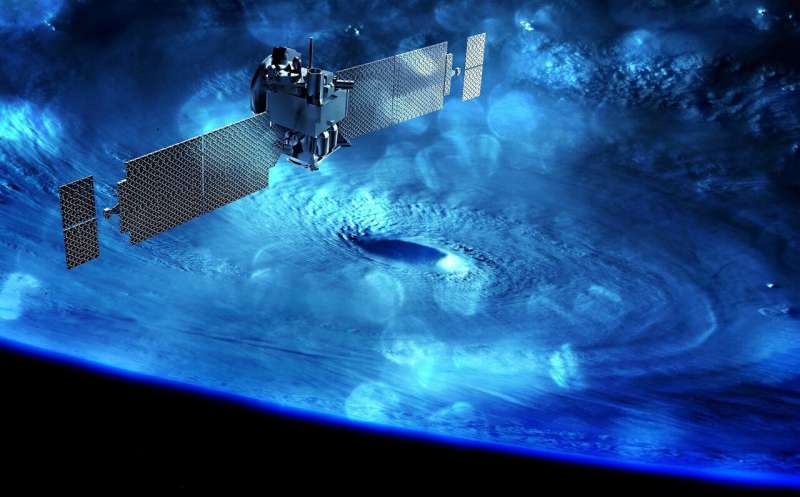"Space mechanisms cover everything that enables movement aboard a satellite, from deployment devices to reaction wheels," explains workshop co-organizer Geert Smet.
"But these mechanisms often use materials such as steel or titanium that are more likely to survive reentry into the atmosphere. This is a problem because our current regulations say reentering satellites should present less than one in 10,000 risks of harming people or property on the ground or even one in 100 000 for large satellite constellations. ESA's Clean Space group is reacting by D4D—devising methods to make total disintegration of a mission more likely, including mechanisms."
D4D efforts are focused mainly on platform equipment such as reaction wheels and solar array drive mechanisms for the moment since these are found on almost every satellite, but in the future, the approach could be extended to all kinds of satellite mechanisms.
The on-ground risk from reentering objects might seem abstract but it is very real. In 1997 some fortunately lightweight mesh from a Delta II stage hit the shoulder of Lottie Williams in Turley, Oklahoma. The aim in the future is to ensure even the heaviest parts of satellites disintegrate in good time. An alternative approach, if this is not practical, might be to keep parts of a satellite together to minimize its ground footprint and consequent impact risk.
The workshop also included details on the latest ESA and industry plans to perform active debris removal through dedicated spacecraft to rendezvous with entire derelict satellites and lock onto them for reentry. Mechanisms are crucial to this effort, with capture systems needed to latch onto a target satellite.
Co-organizer Kobyé Bodjona adds, "The idea behind this event is to present the mechanisms community with the latest research on space debris to see how they might contribute to the work going on. It's important because large system integrators—the big companies that lead satellite projects—are going to need systems that are fully compliant with debris mitigation regulations. And the need is becoming urgent as more and more satellites are placed in space."
Provided by European Space Agency



